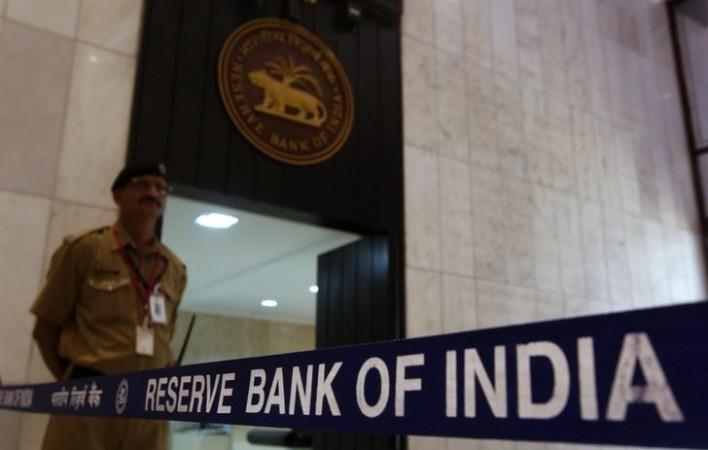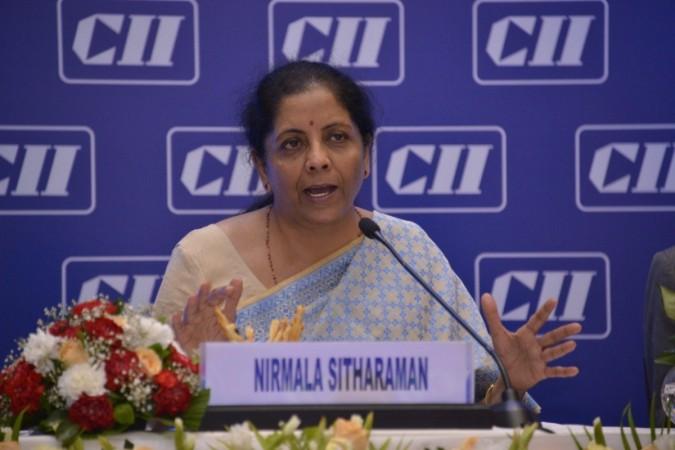
India's economy in the last quarter has grown at the slowest pace in the last six years. The economic numbers released by the government showed that the country's gross domestic product (GDP) showed a growth of only 4.5 percent in the July-September quarter. Notably, this is the first time since 2013 that the Indian economy has registered a below 5 percent growth.
Sinking economic growth is expected to pave way for the Reserve Bank of India (RBI) to further cut the policy rates. In the current financial year, the central bank has already slashed the interest rates by 135 basis points in five moves, the highest by any central bank in the Asian region.
Initially ignoring any signs of a slowdown in the economy, the Modi government has finally woken up and is taking measures to arrest the economy from slipping further. According to a Mint report, economists across the country are now expecting the RBI to cut the interest rates further in the next monetary policy meeting.

Shubhada Rao, chief economist at Yes Bank Ltd in Mumbai, said, "The weak numbers emphatically underscore the need for a policy focus on growth. We are expecting the RBI to execute another rate cut of 25 basis points at its next meeting."
Moreover, the government's headache is not likely to be over soon as the high-frequency indicators have suggested the economic slowdown continuing in October. Besides, there are possibilities that the central bank may slash its growth forecast for the financial year through March 2020 from 6.1 percent.
Rahul Bajoria, a senior economist at Barclays Bank Plc Mumbai is expecting the RBI to cut the repo rate by 40 basis points in the remaining period of the financial year. He said, "We expect the central bank to take note of the downward surprises in the data versus forecasts and acknowledge a deeper-than-expected slowdown in economic activity."
How is a lower interest rate helpful in spurring economic activities?
In a growing economy like India where there is a slowdown for a long period now, the lower interest rate could play a vital role in infusing growth. Lower interest rates in the economy mean the banks and consumers will have more money at their disposal to give loans and spend respectively that will eventually push the economic growth. However, it is only one of the options a central bank has to infuse growth in the economy.














